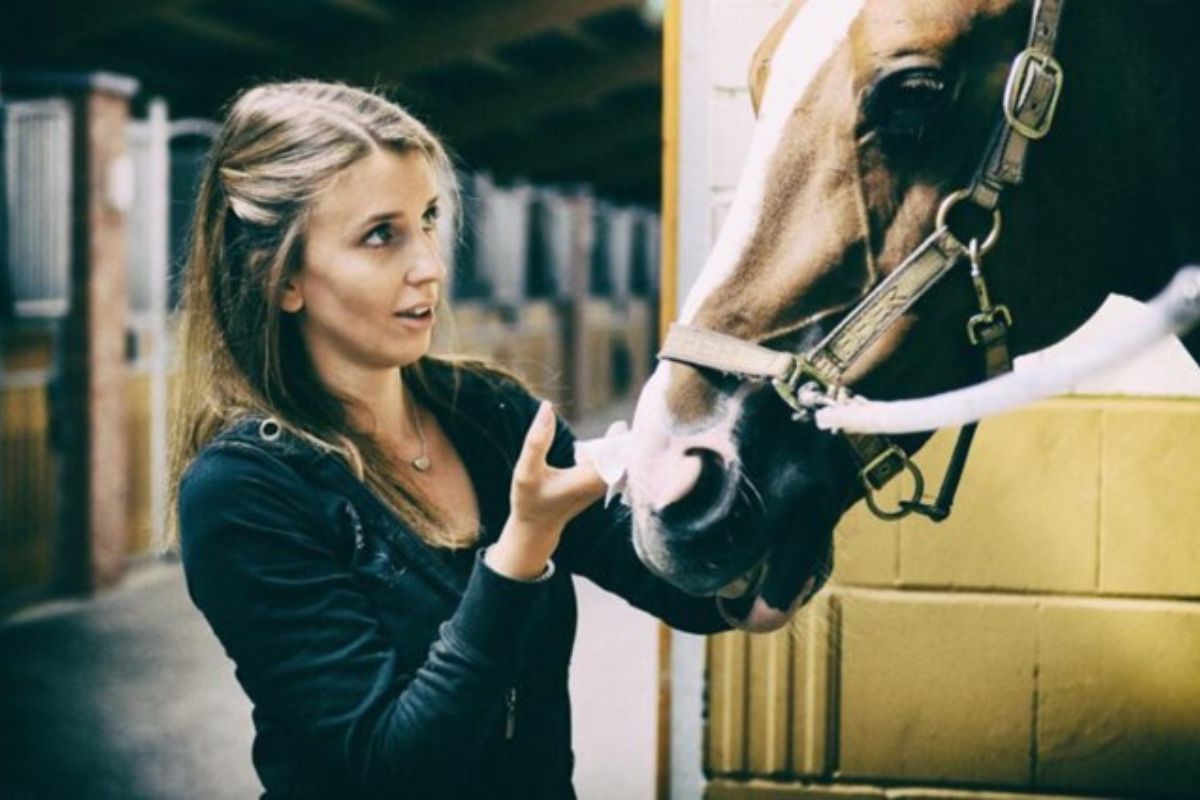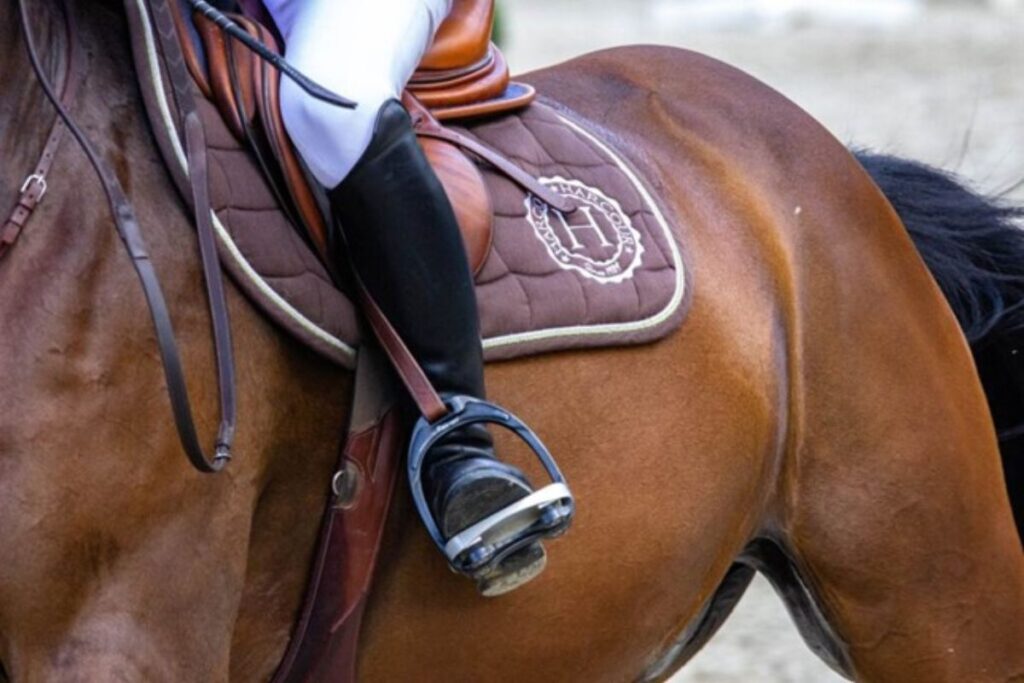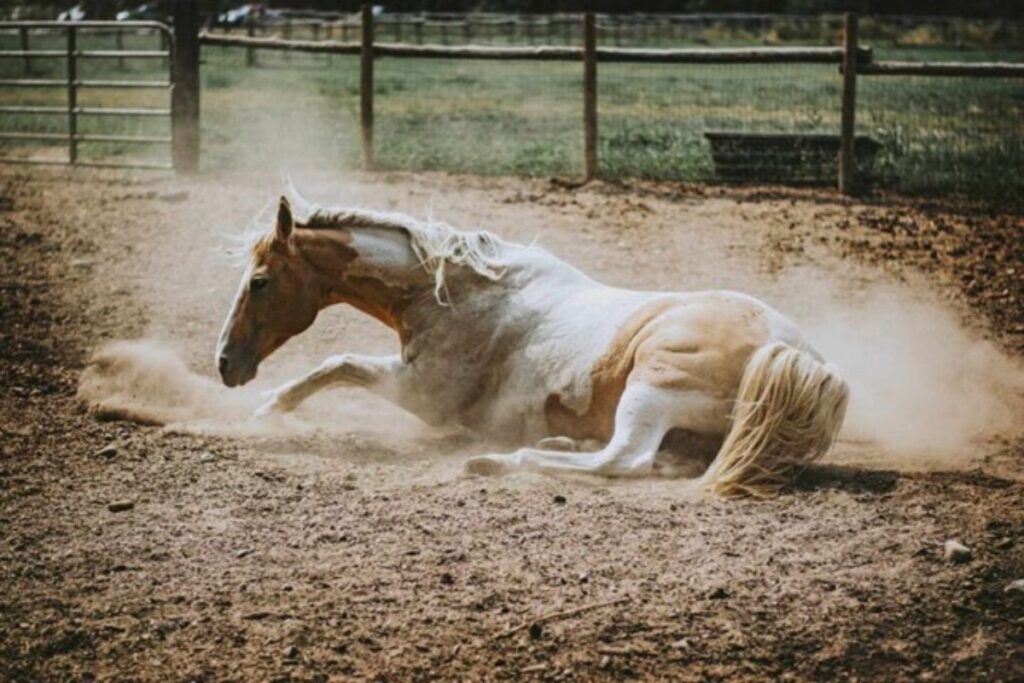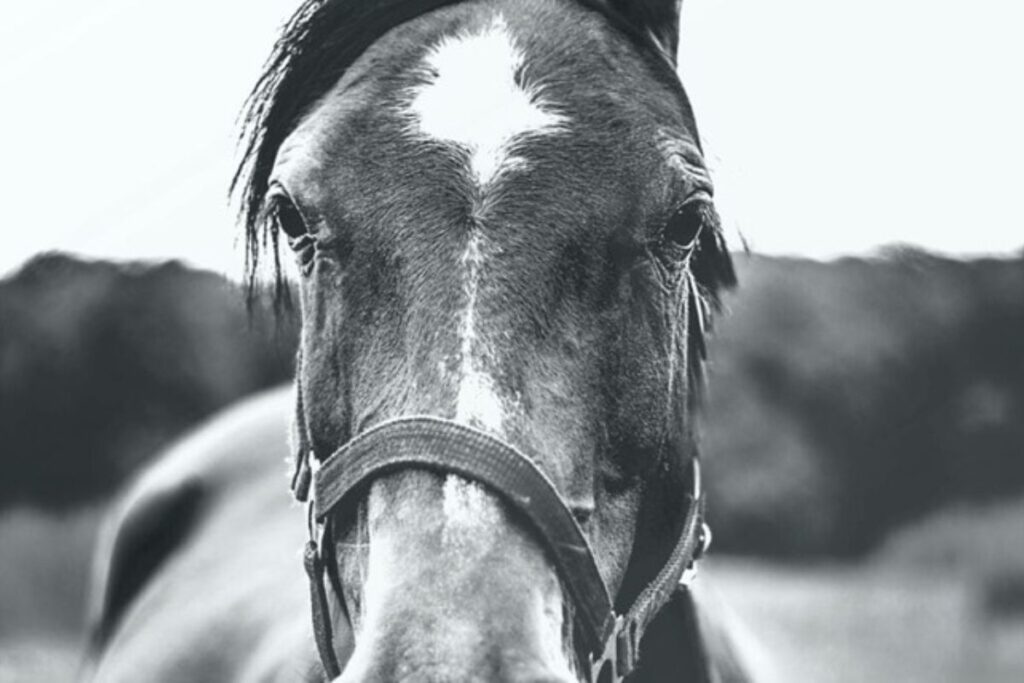Menu

Asymmetry or symmetry? Neither man, nor horse is completely symmetrical in the body. But any asymmetry should preferably not be too distinct. This could, among other things, have consequences for the body's opportunities for movement. However, in order for you to do something about your horse's possible asymmetry, you must first become aware of it. Here you can learn more about how to detect asymmetry in your horse.
The symmetrical horse can move better, uses a minimum of energy on its movement and can distribute body weight evenly. If a horse is asymmetrical, it will often use its body inappropriately. It will have difficulty with exercises and can more easily get injured. Simply because it puts a lot of pressure on certain parts of its body while not using other parts. This can lead to some areas becoming overused and tense, while others become underdeveloped and weak.

Horses are masters at compensating and will always move in the most comfortable way. For the same reason, the asymmetrical horse will in many cases keep a skew straight because it is just most comfortable. Working against this kind of crookedness can be annoying for the horse, and in some cases painful.
Asymmetry in horses can stem from several possible causes. It can be congenital or a result of a trauma, lameness, an asymmetrical saddle or rider. Something as simple as the horse always pulling hay out of the net in the same direction can cause asymmetry. Or the rider always mounting from the same side, or the horse being trained more on one side than the other.

When horses lie down, they will almost always lie on the same side. For example, if the horse prefers to lie with its hind legs out to the left side, it will most likely work better on the left circle.
It can tell you something about the horse's favorite side, but it can also give an indication of a possible asymmetry.
If the horse compensates for a skew in the body, this can be manifested by a changed movement pattern in other parts of the body than where the skew is located.
Should the horse experiences pain in the jaw joint, it can affect the neck, front legs and the back. Simply because the horse compensates, but also because the body is connected via continuous structures.

Here is a checklist that you can use when you need to check for asymmetry in your horse. It is important that your horse stands on a level surface when going through the list.
Only when you discover that your horse is crooked can you do something about it. Besides the fact that it is a good idea to have your horse reviewed by a professional, you can with your knowledge of asymmetry train purposefully to strengthen the weak areas in the horse. And thereby loosen the tensions.
If necessary, have a plan made with a therapist and a trainer so that you achieve the most optimal result. A straight horse is better mental and physical balance. It has a healthy, supple and strong musculature and carries the rider with ease.
Posture and Performance – Principals of Training Horses from the Anatomical Perspective, Gillian Higgins